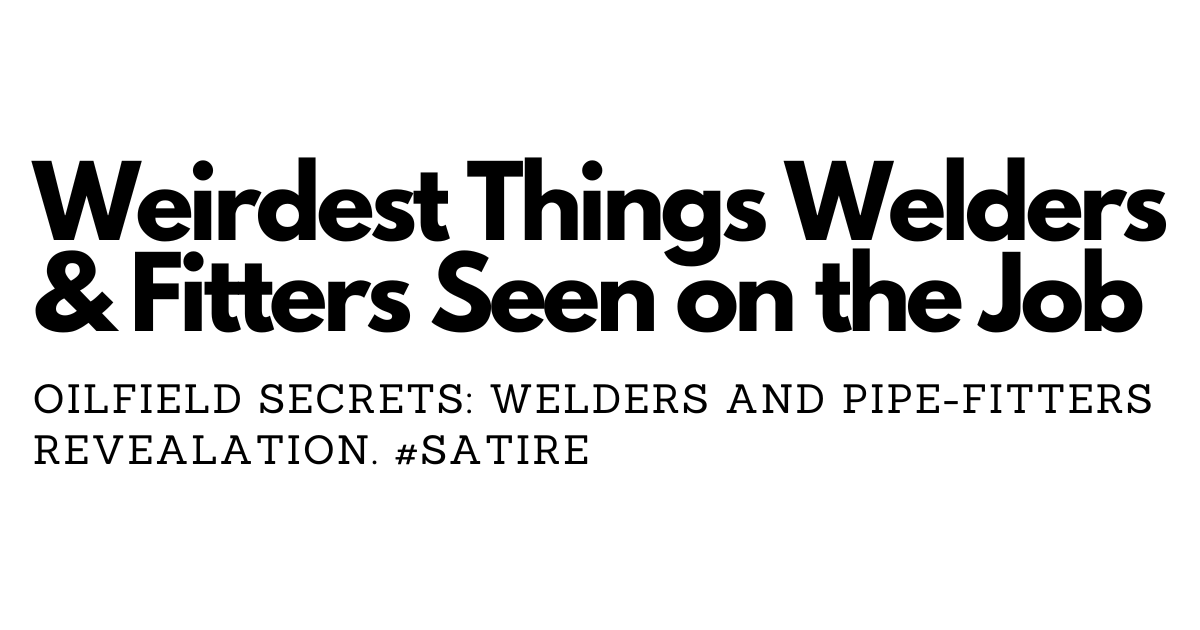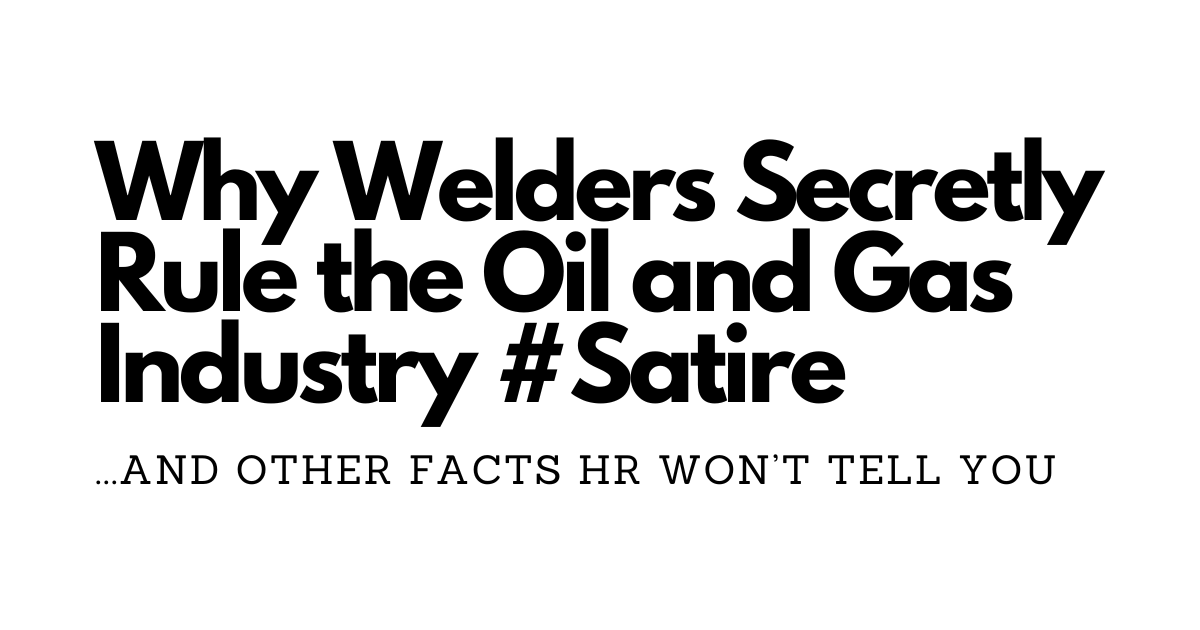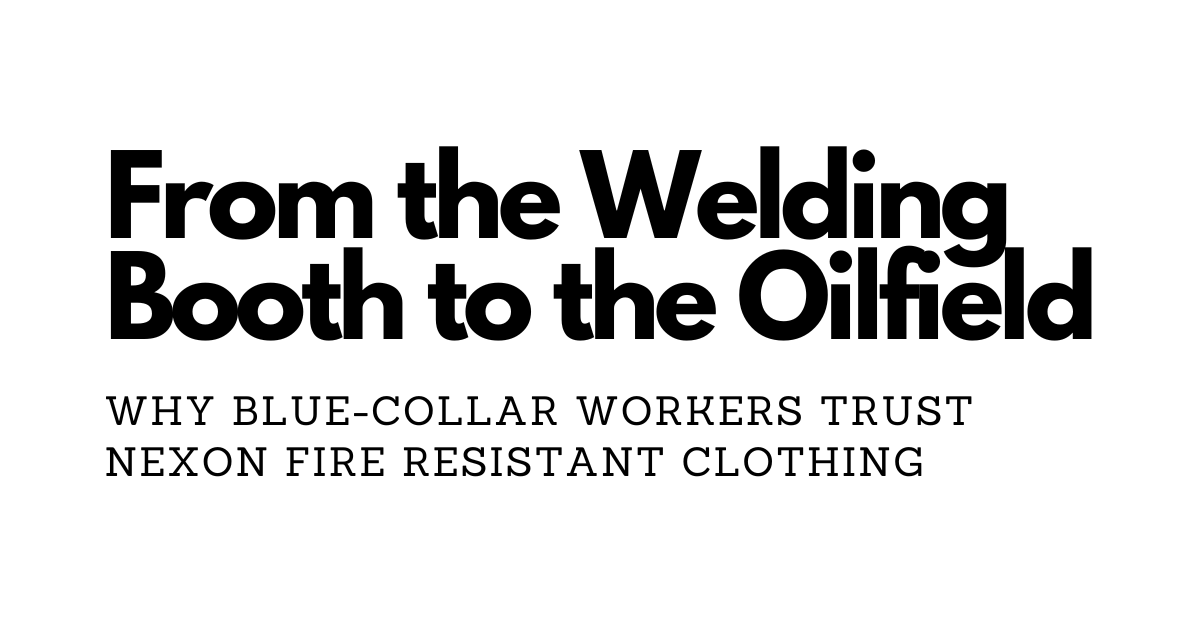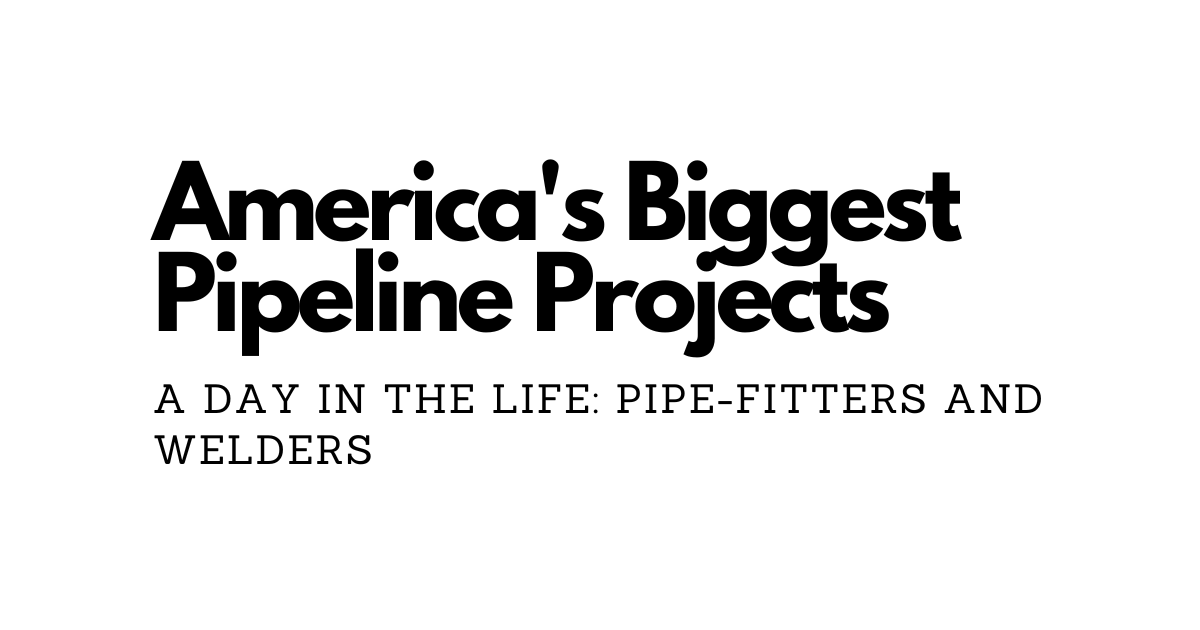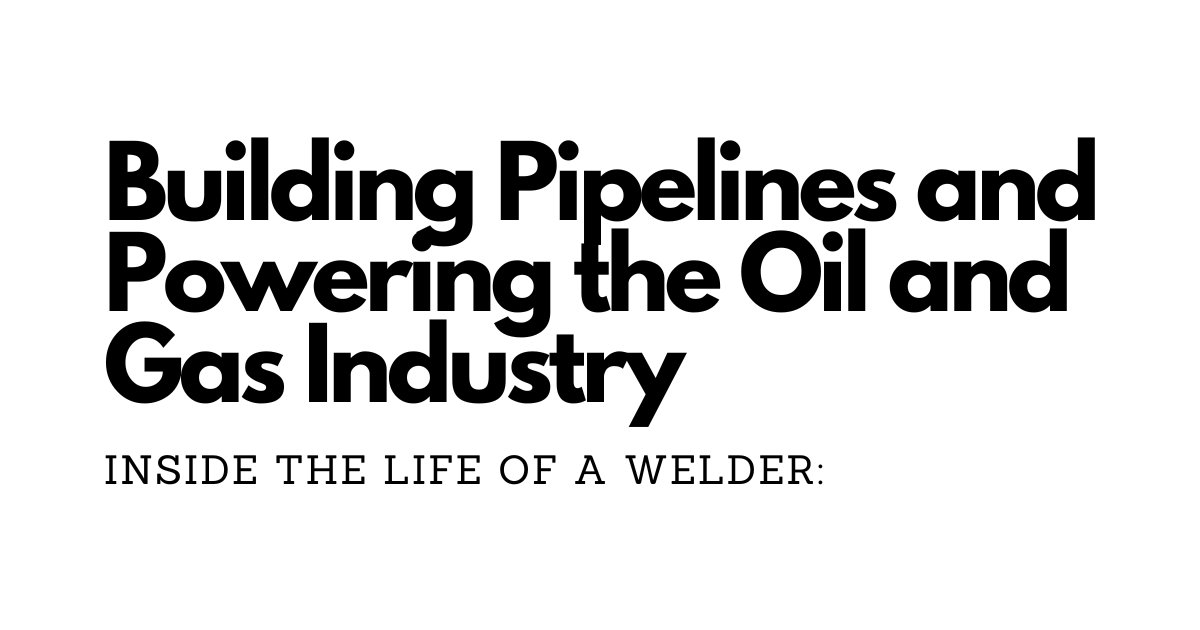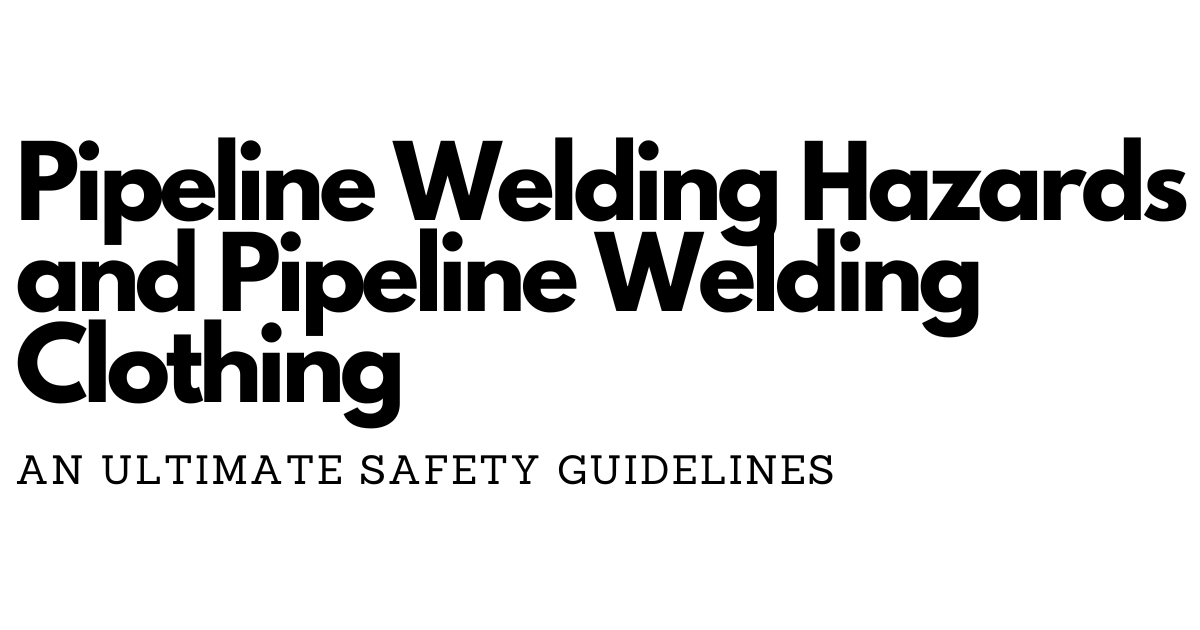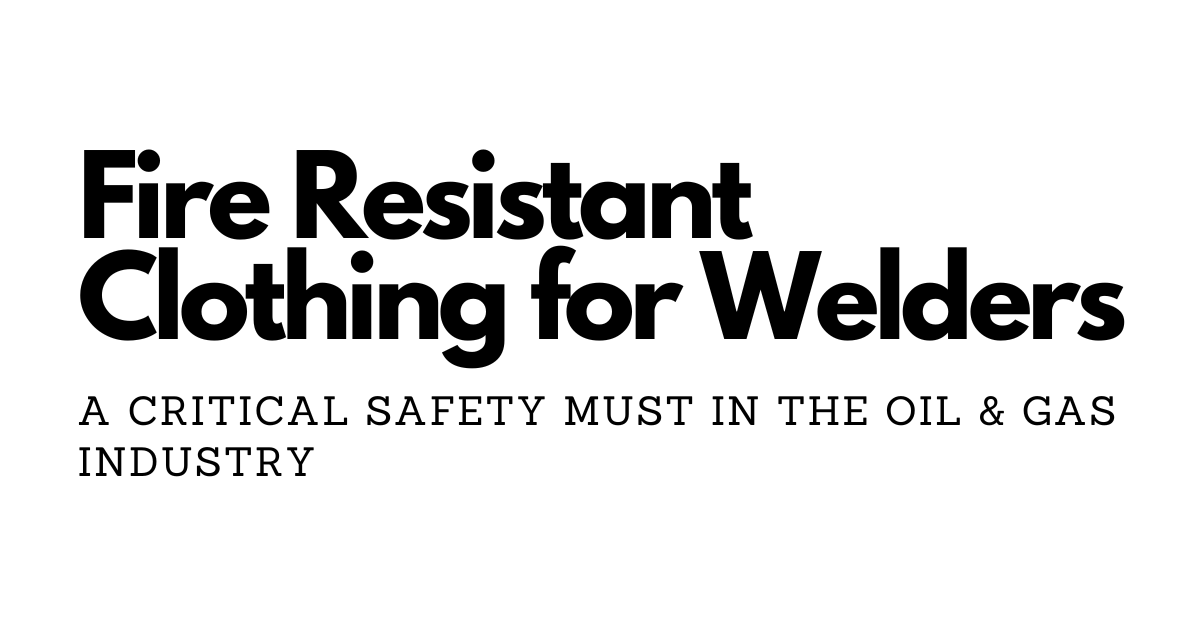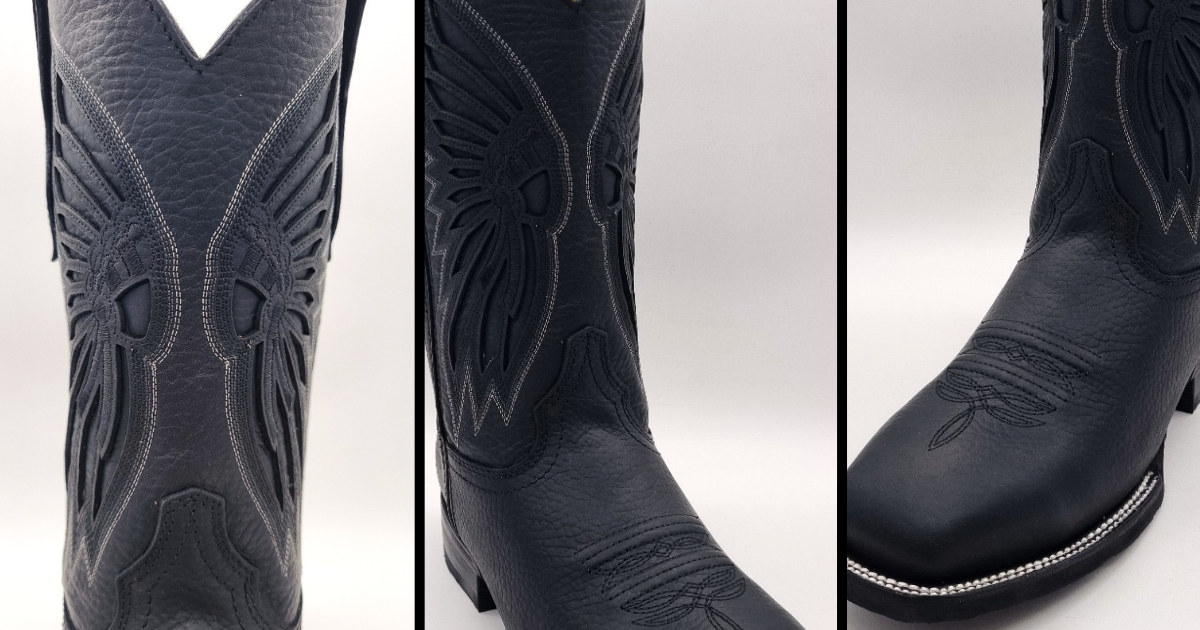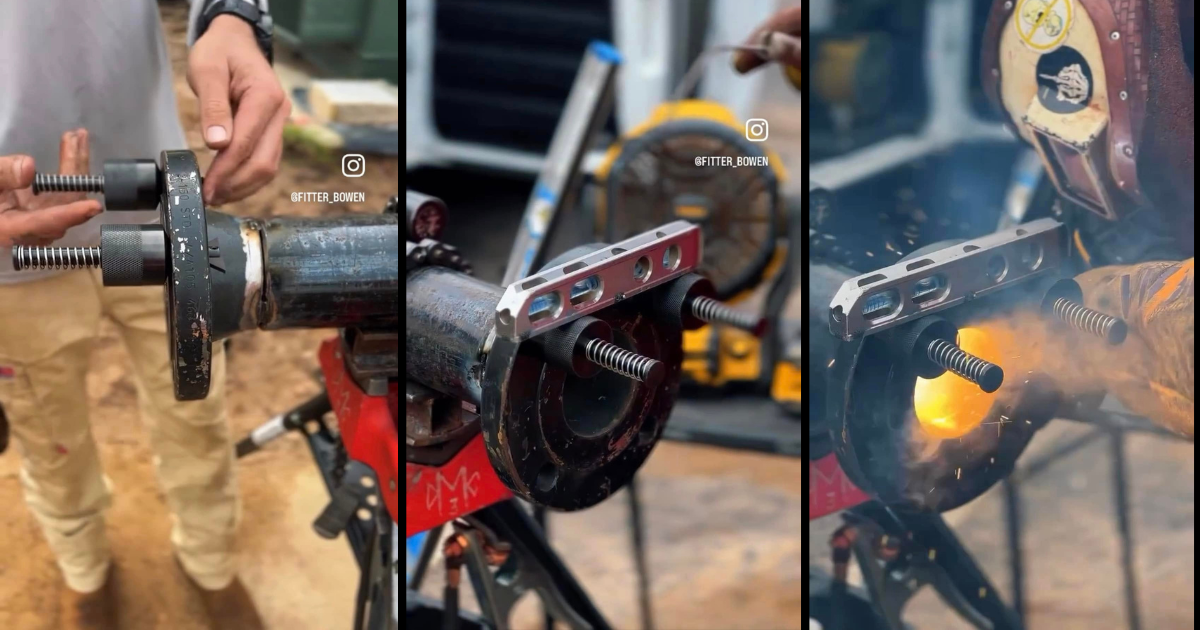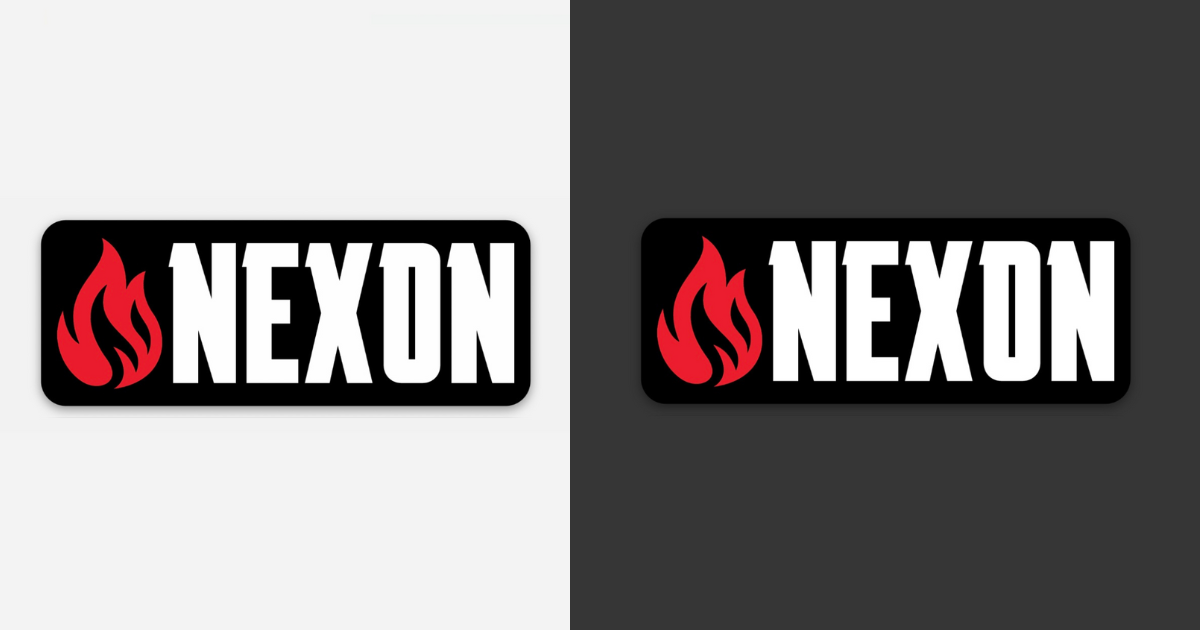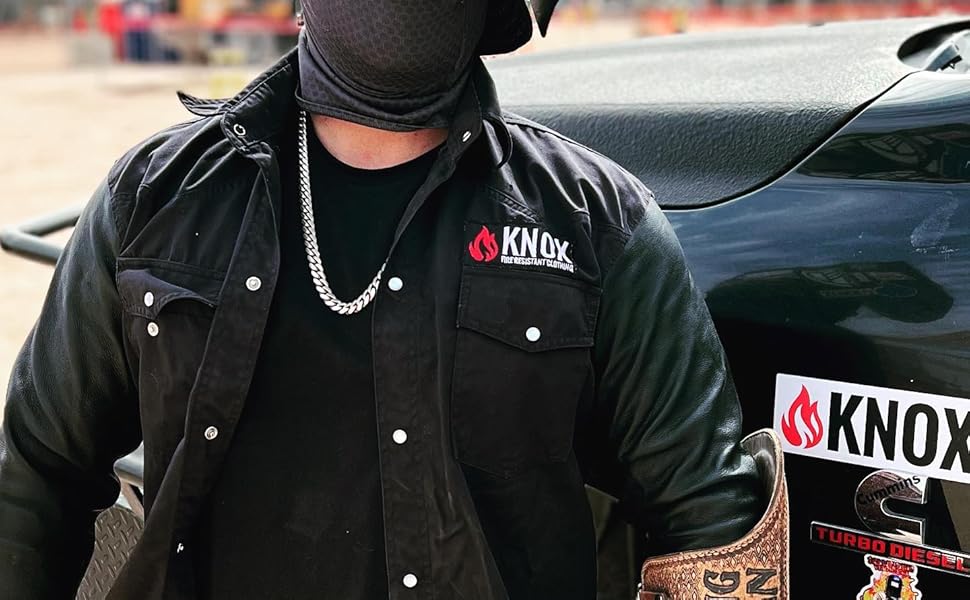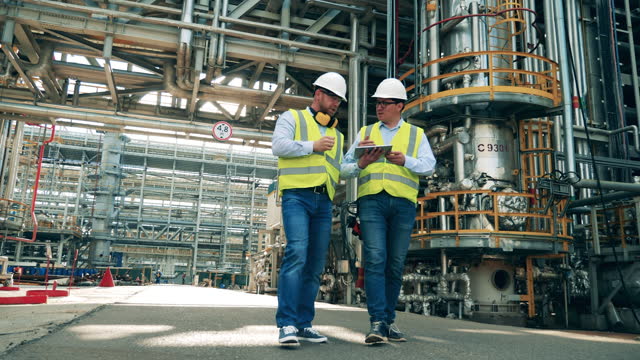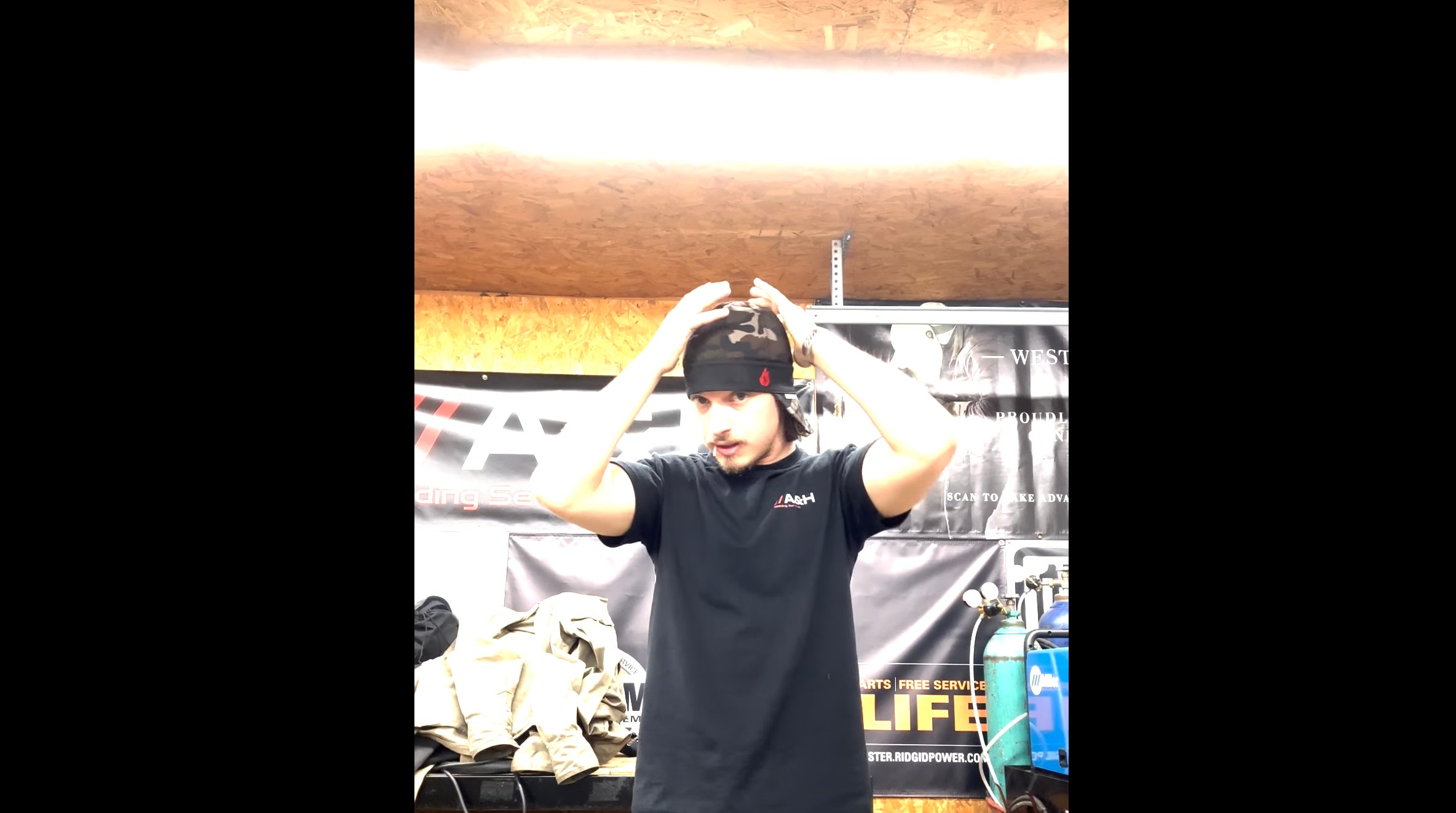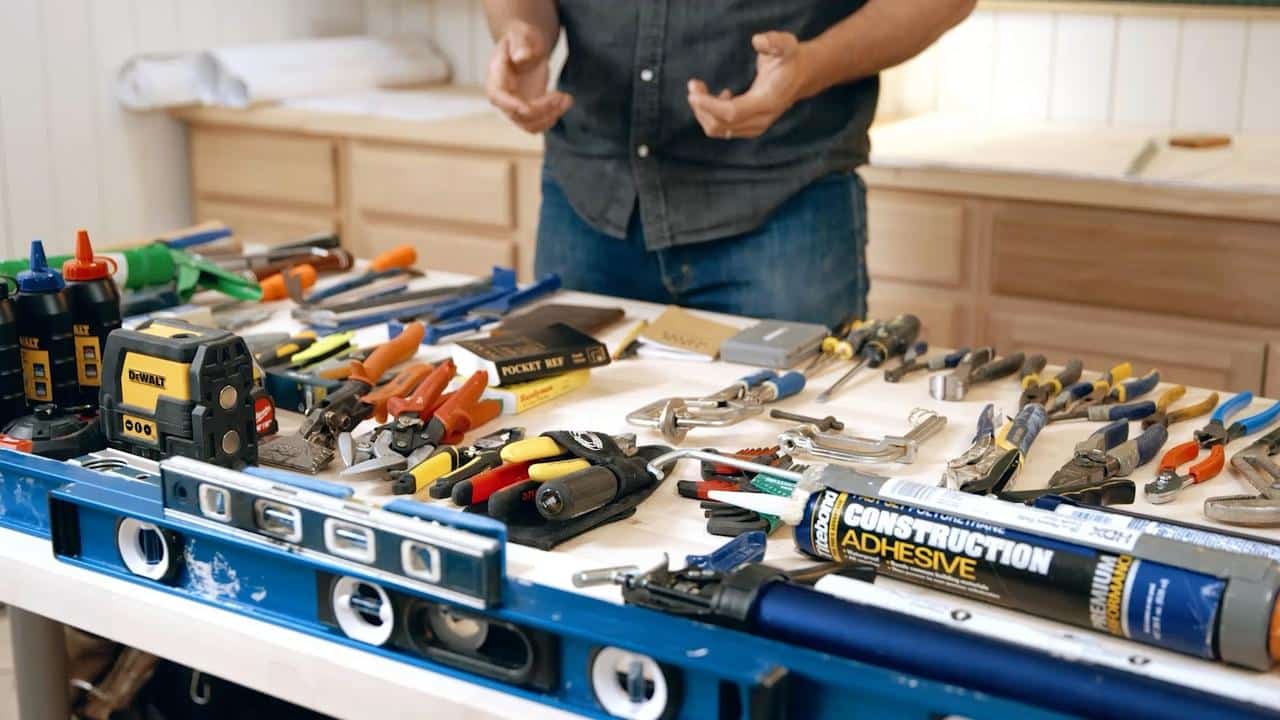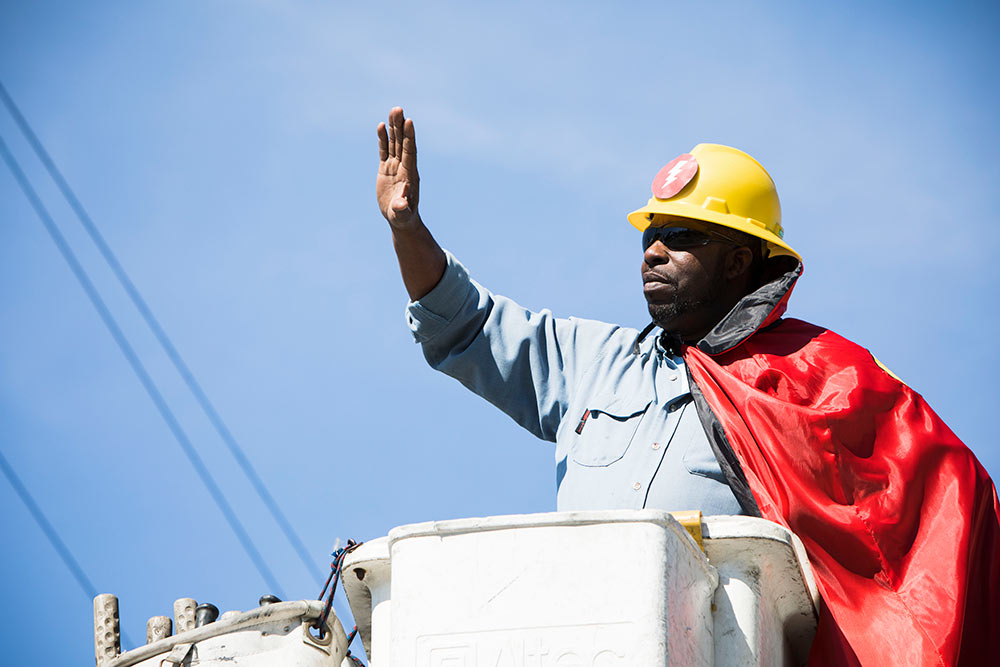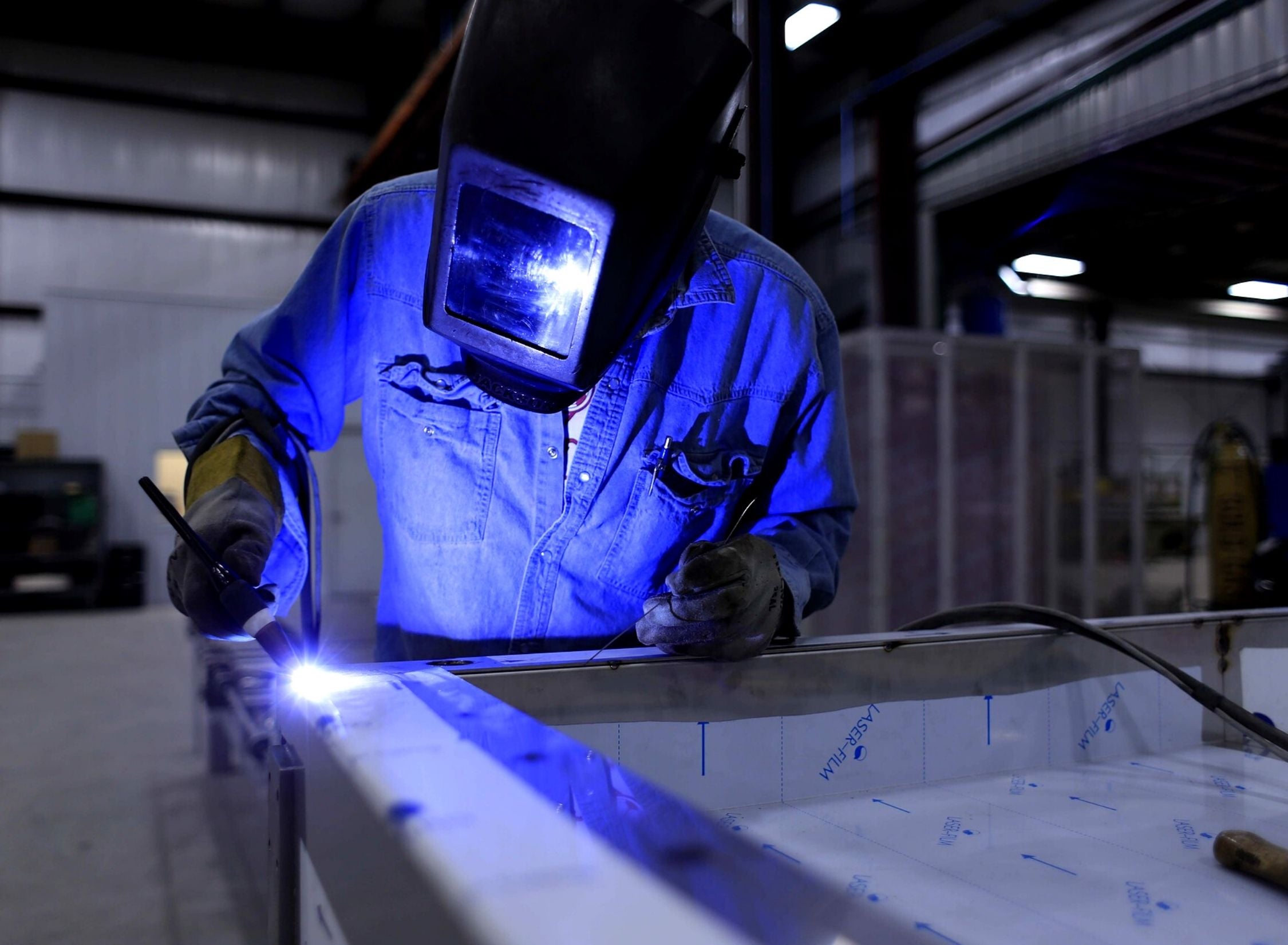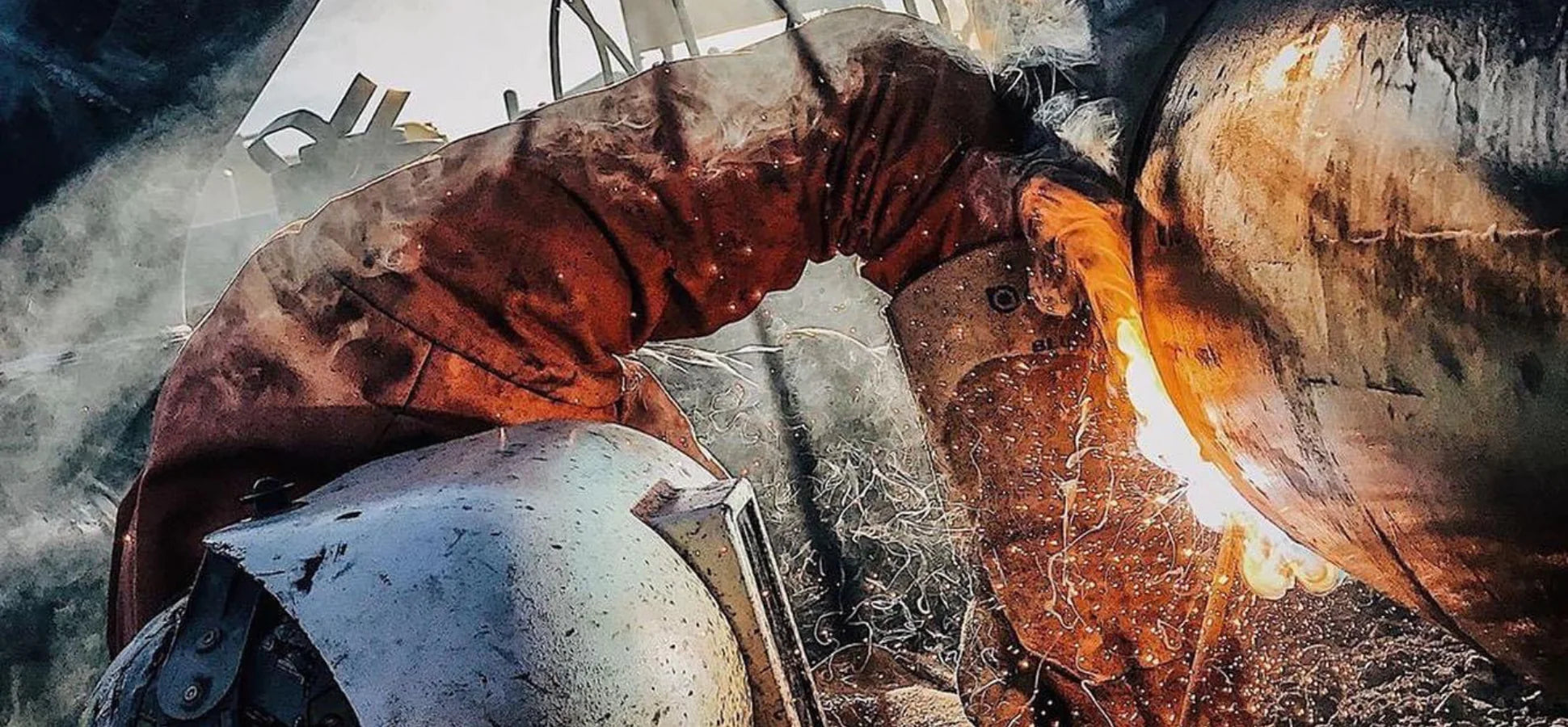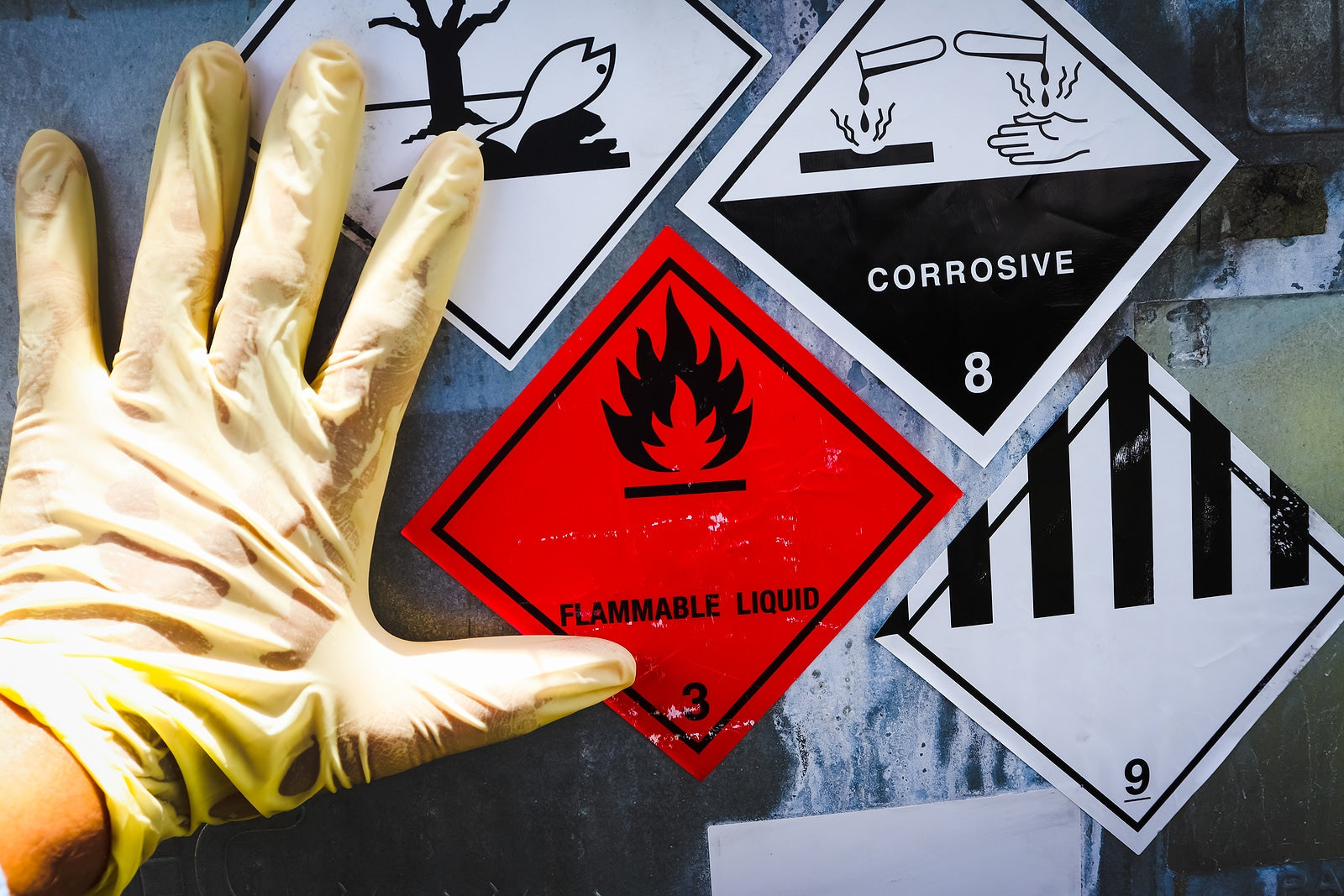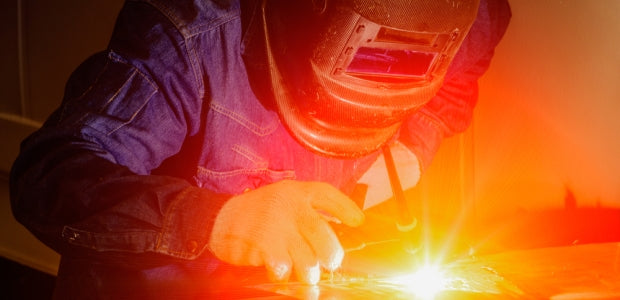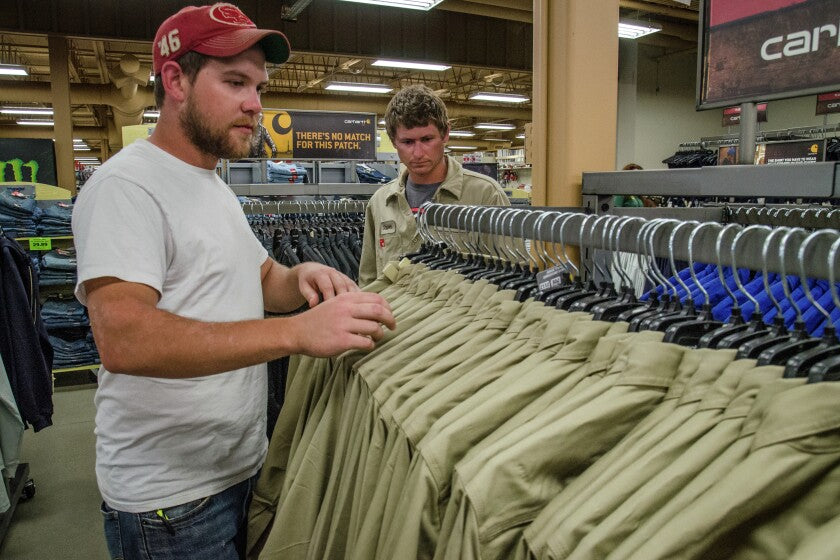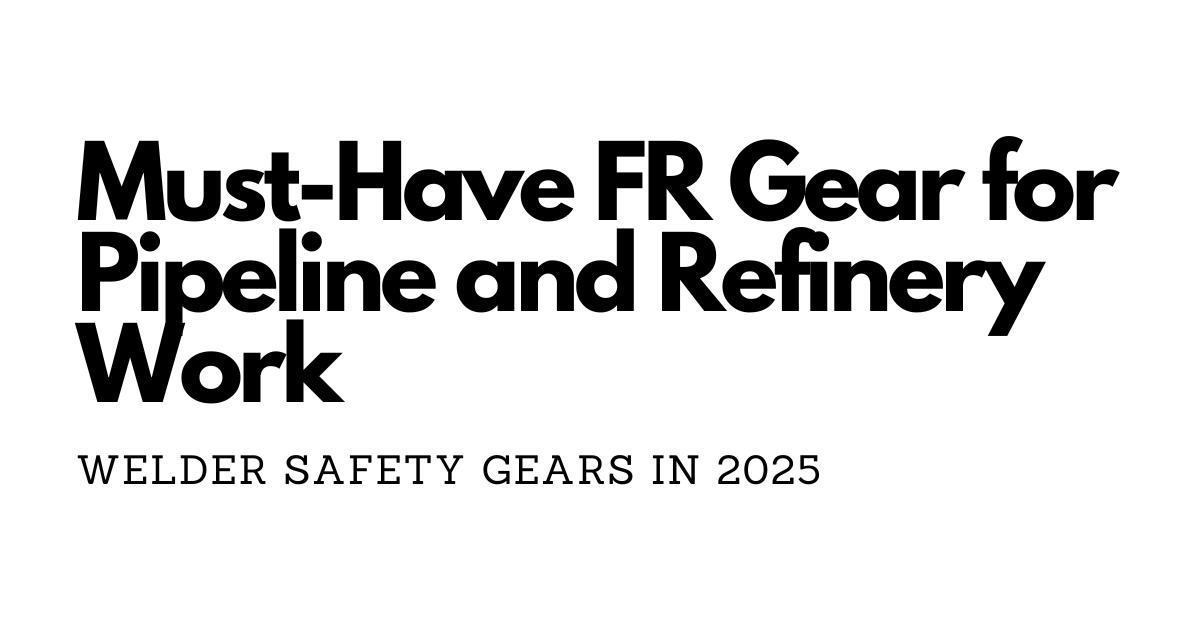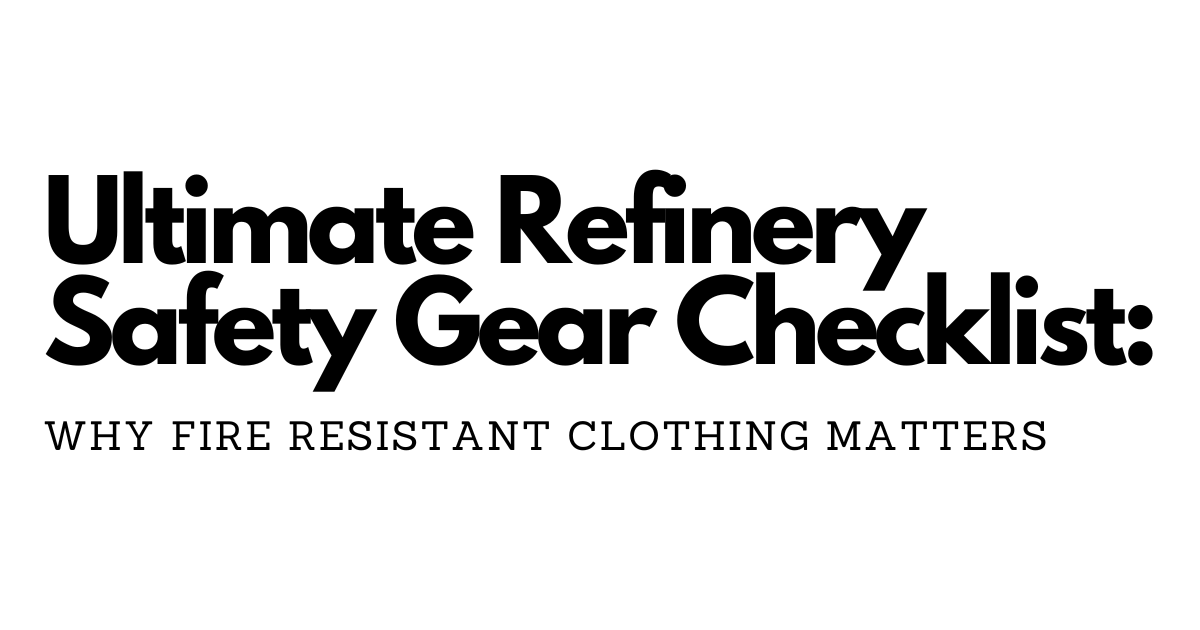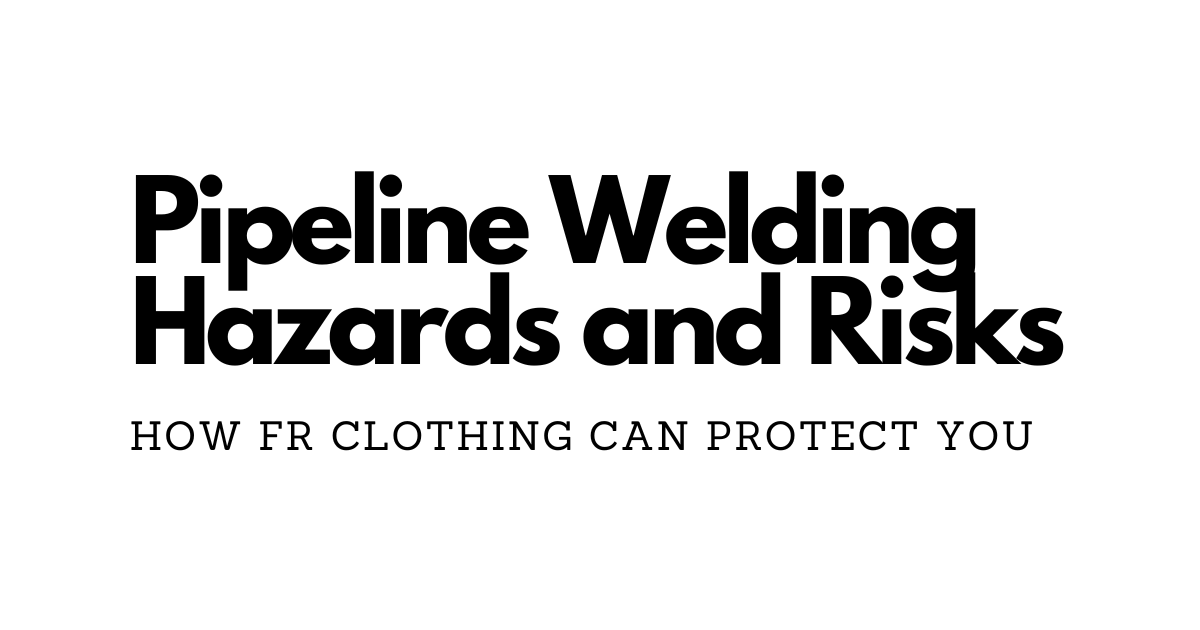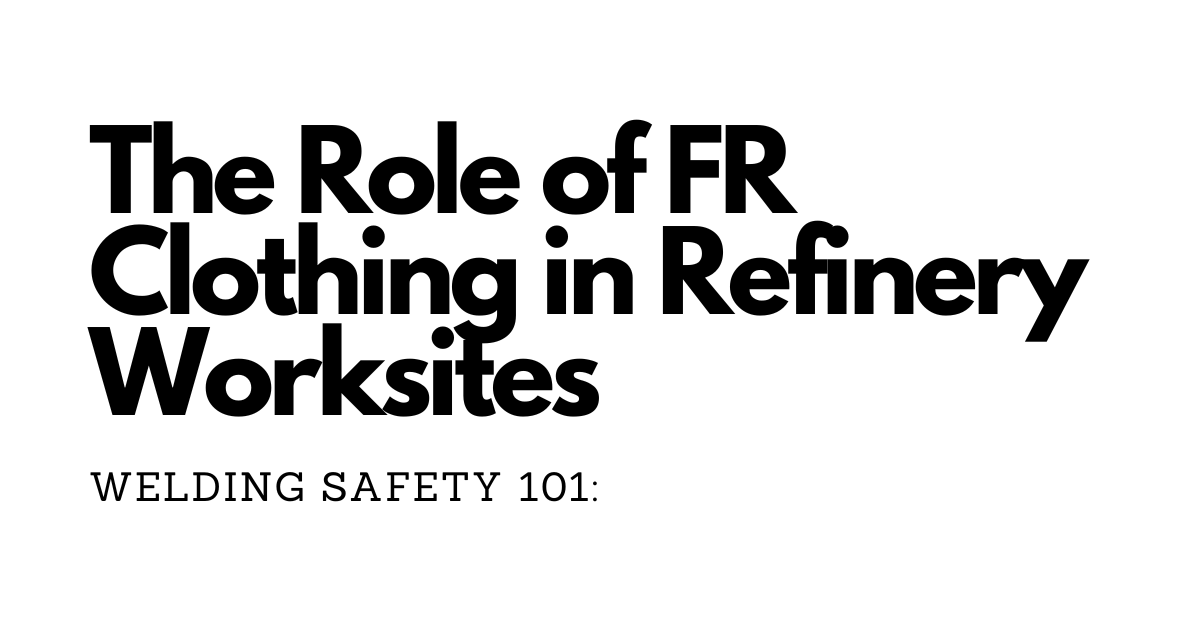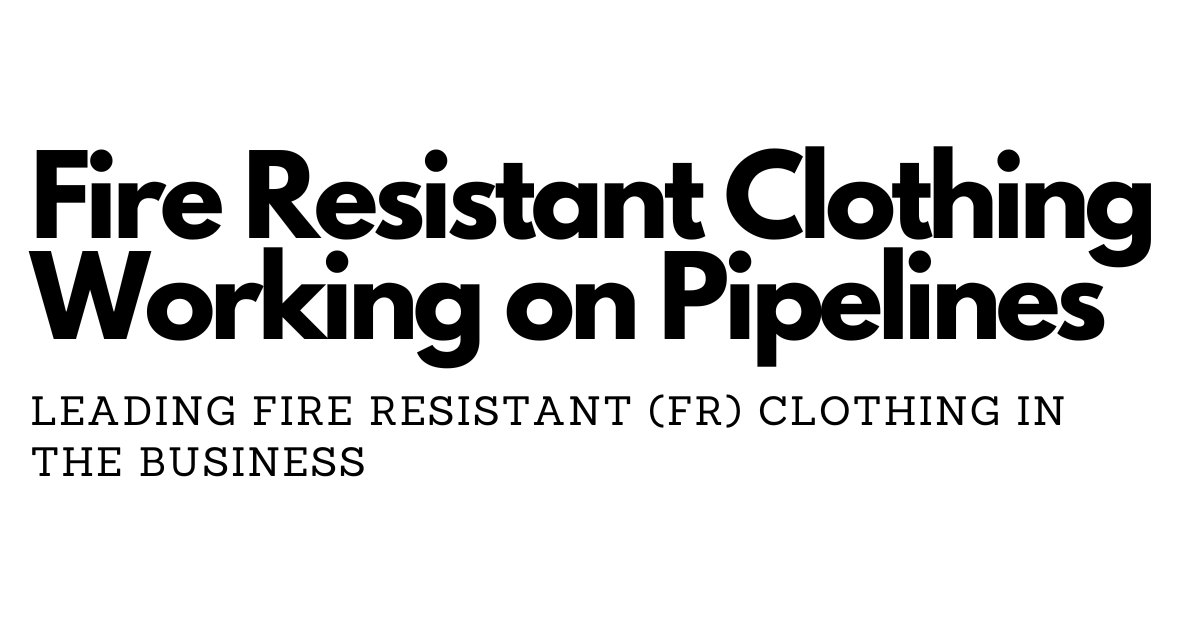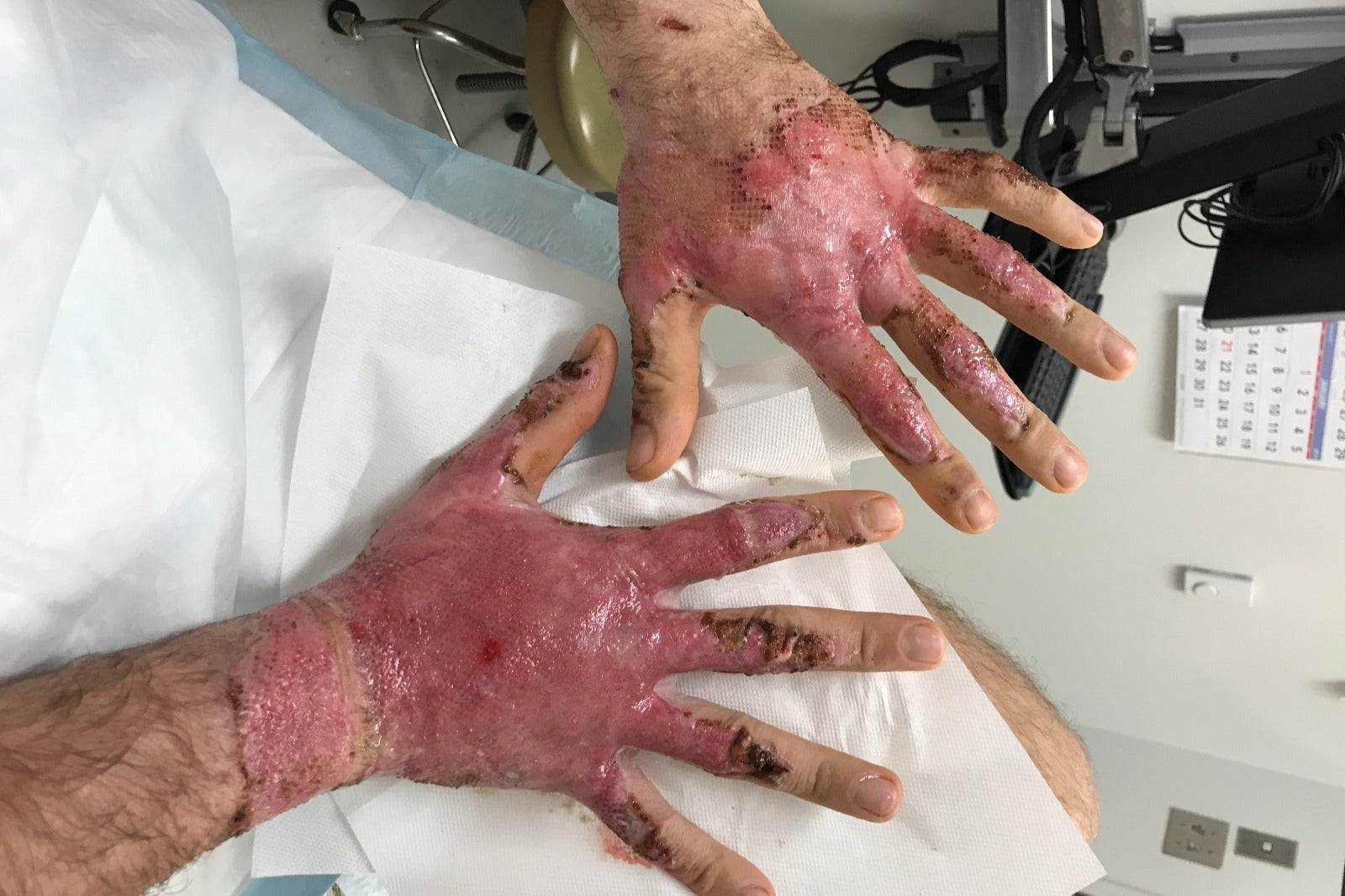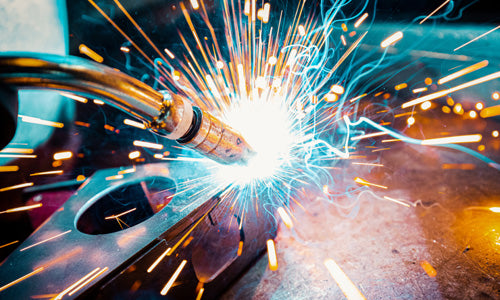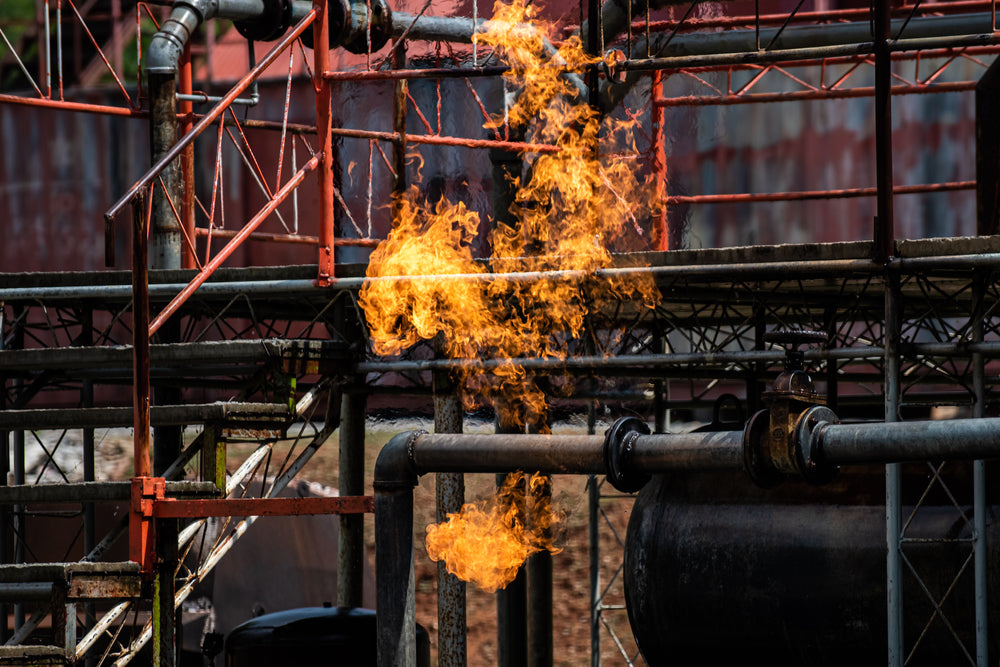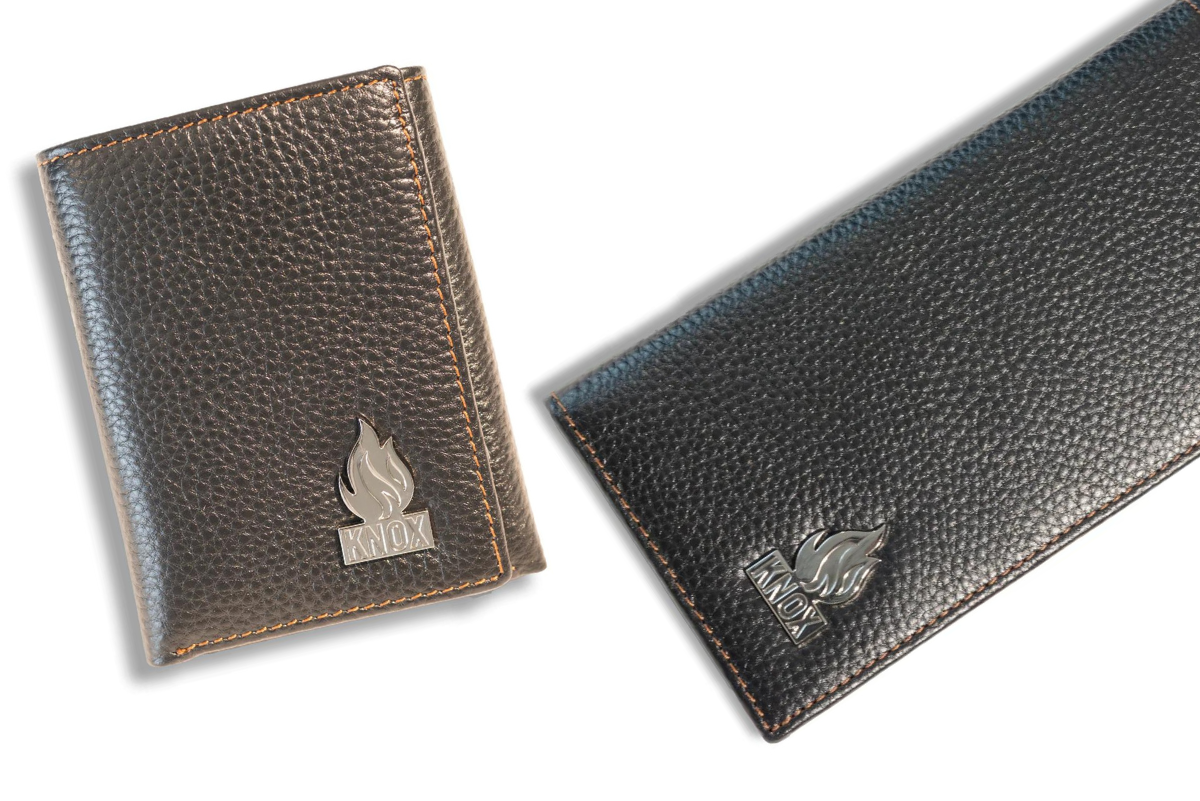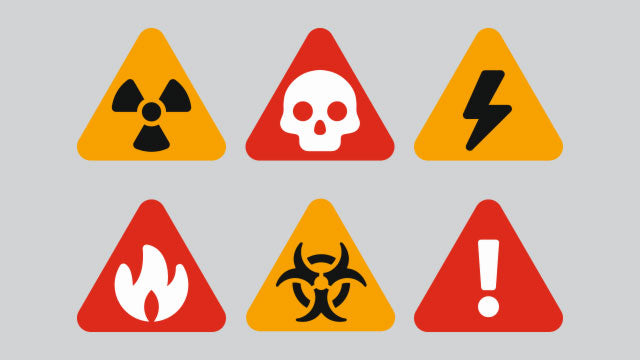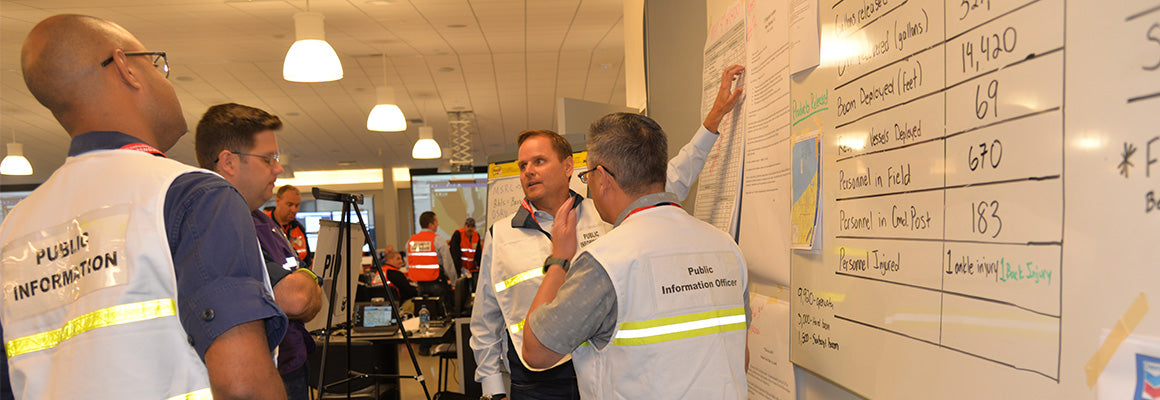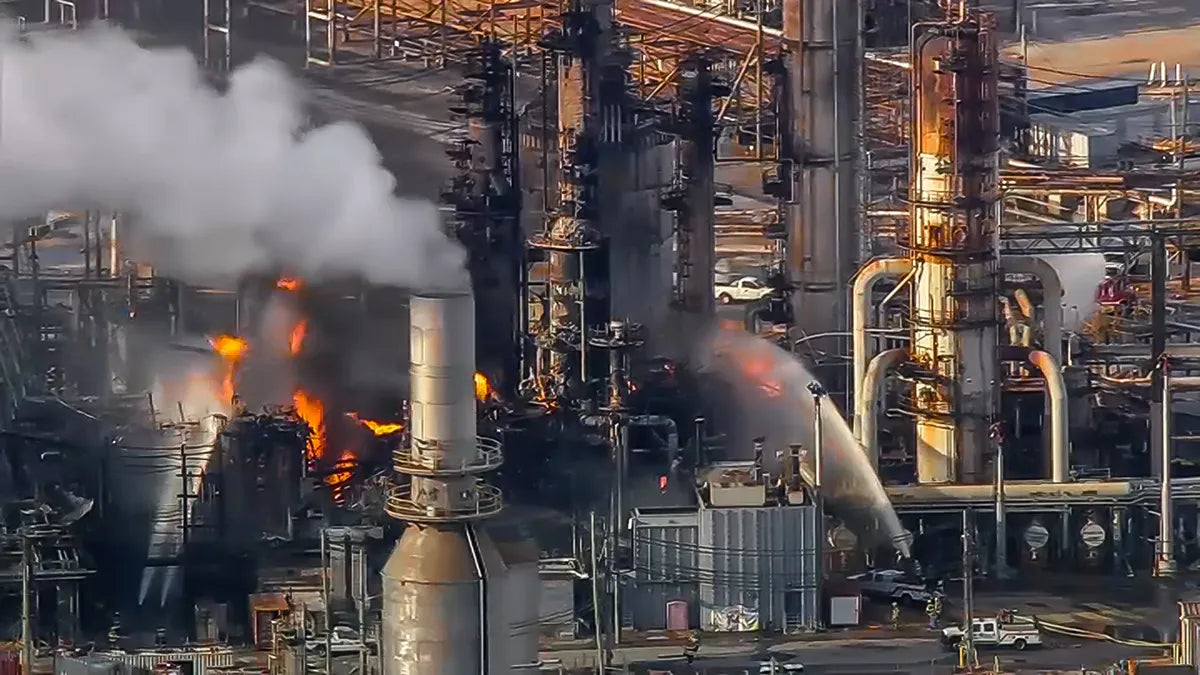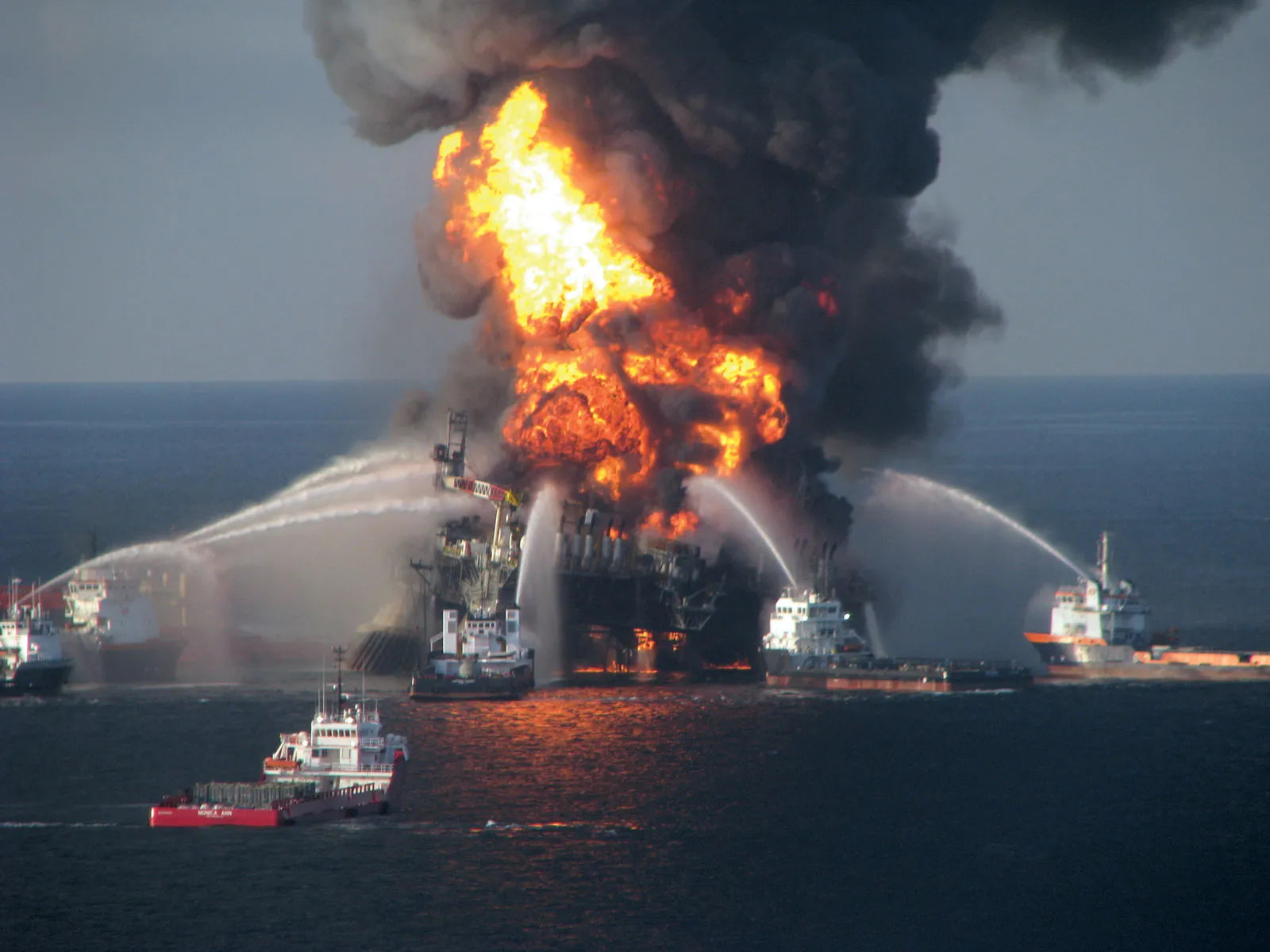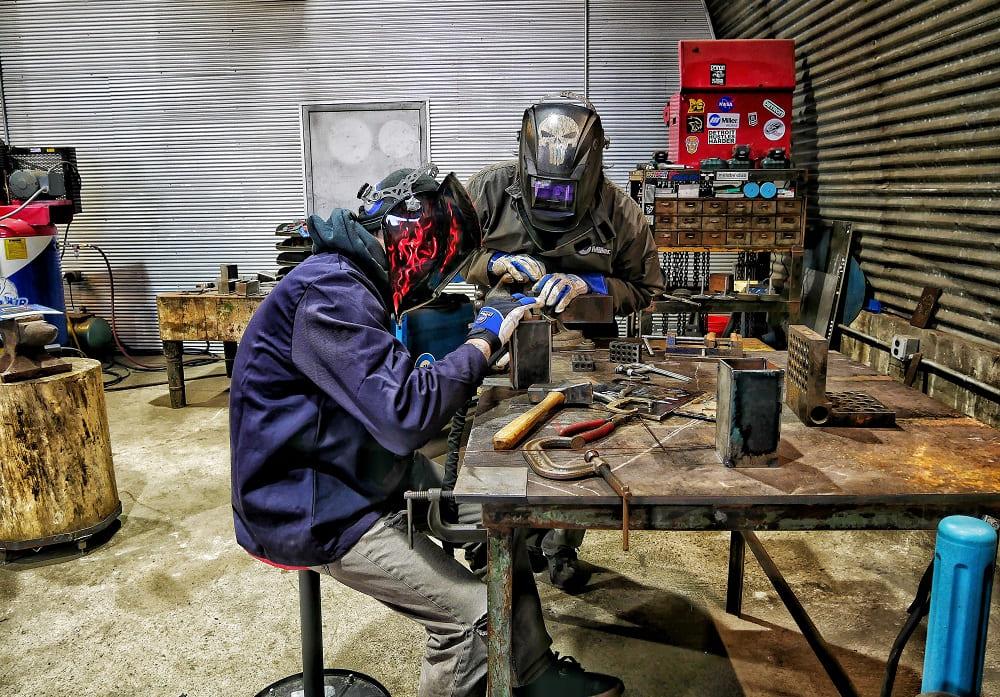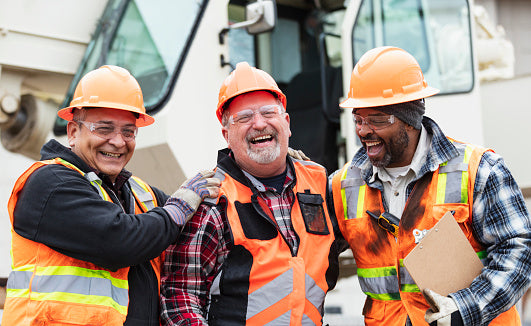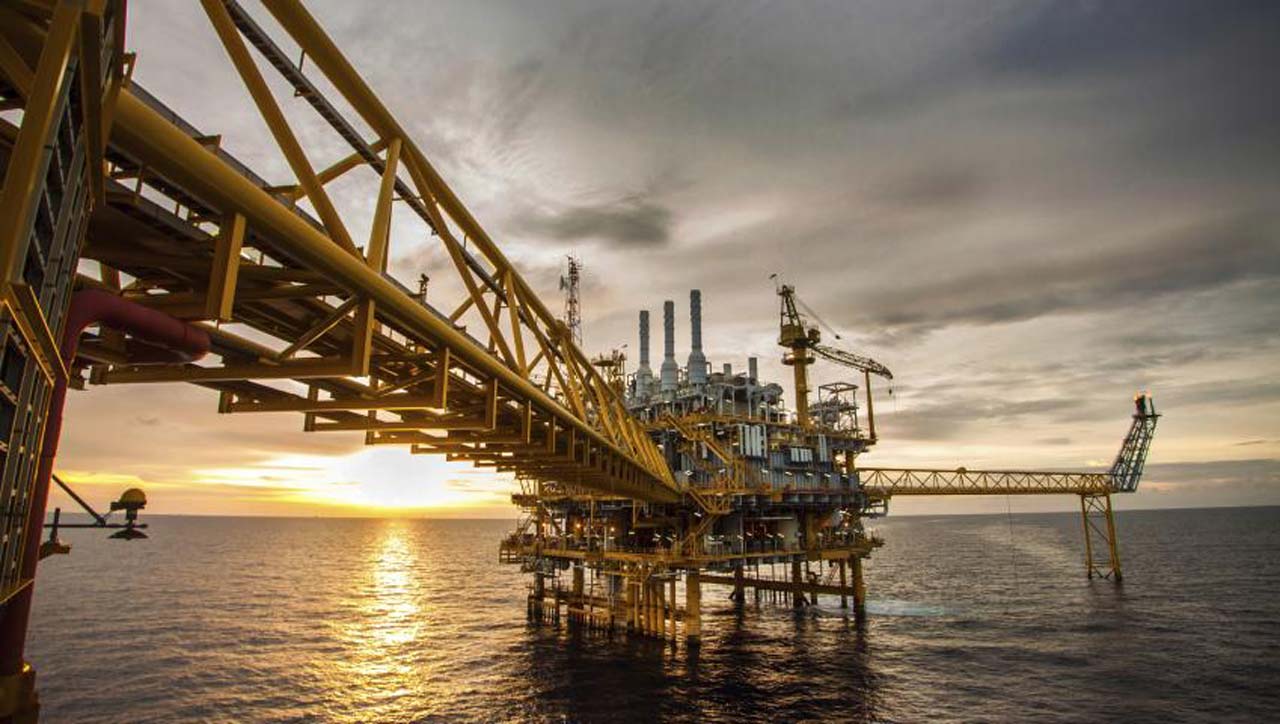

At Knox FRC, we know all about Flame Resistant clothing, and we pride ourselves in educating our clients about it. Here are the facts you need to know about Flame Resistant Clothing!
1. What functionality does a Flame Resistant Clothing has?
A piece of clothing that is fire resistant is made of material that when in contact with fire will self extinguish and prevent the worker from suffering injuries. It is used as a safety precaution for people who work in hazardous industries such as in the oilfield, refineries and power plants.
Flame Resistant clothing is usually chosen based on an employer's own hazard analysis, which determines the right garments for the potential incident energy exposures in a given work environment. Taking into account NFPA standard 70E, roughly 90% of all electrical trade workers generally fall into Category 1 and 2, meaning they require FRC with an ATPV rating of 8 or higher. Category 1 has a minimum arc rating of 4.
2. You can also call it FRC.
Flame Resistant Clothing is also known as FRC. If you are shopping for this type of clothing you will most likely see the “FRC” designation.
It is quite common that safety minded customers refer to Safety Garments or Flame Resistant Apparel simply as “FRC.” It is also quite common to see these letters in bids or quotes for safety garments.
3. Many Industrial Workers Use FRC.
When you hear of Flame Resistant Clothing you may think that it’s just for firefighters or someone who works in extremely hot environments. The truth is that many hazardous work environments require their workers to wear FRC.
People who work in hazardous environments that may involve the following hazards: Electric Arc (electricians, electric utility lineman, etc.), Flash Fire (refinery, chemical and pharmaceutical workers, etc.) Combustible Dust Explosion (workers in the paper and pulp industry, food processing, paint, and many more industries).
Electrical equipment is prone to catching fire as well as the chemicals in a refinery or even when processing paper and paint. You will find many electricians, pharmaceutical and factory employees use this type of clothing. Plus ANY workers who come in contact with energized electrical equipment.
4. Where Can I Buy Fire Resistant Clothing?
There are a number of Safety Apparel stores that carry FRC clothing in different price ranges and for different needs.
Knox FRC is committed to building a different breed of company, one that reflects our core values as a team and those of our consumers. Our company’s values are committed to innovation, quality, integrity, teamwork and respect. Product quality is non-negotiable, and so is our collaborative culture and giving back to the communities we serve.
Knox FRC specializes in FRC clothing and can give great benefits that most other manufacturers can’t: 24 hour shipping, in-house bulk customization including your logo, top quality FR clothing that aims high on comfort and value.
